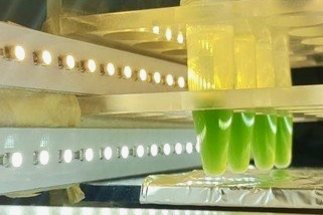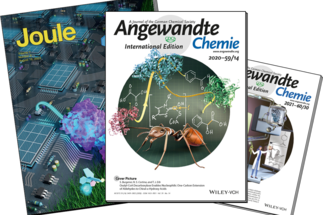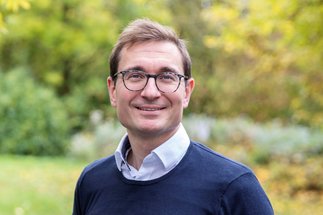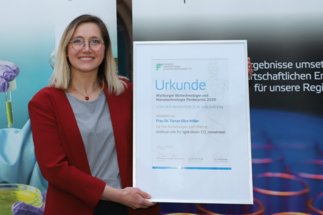Cellular Operating Systems
Prof. Dr. Tobias Erb
Research area
Metabolism is one of the key features of living systems. In our everyday life we experience it in different forms: Plants, algae and many microorganism perform photosynthesis and convert carbon dioxide into carbohydrates. Other organisms (including us humans) consume the fixed carbon to cover their energetic needs, which closes the global cycle of carbon.
From a scientific point of view, metabolism can be defined as the dynamic biochemistry of life that provides cells with the energy and the building blocks required for their three- and four-dimensional self-organization.
In our group, we aim at understanding and applying the fundamental design principles of metabolism. On the one hand, we study the function and organization of natural metabolism in the context of the living cell – from the function of the individual enzyme to their integration into complex networks. On the other hand, we use this understanding to build novel, synthetic metabolism, which we implement into living cells – or even artificial cells that we also construct in our group in a bottom-up fashion.
Read more about our Department to learn about our central mission, our methods, international collaborations and outreach activities (e.g., with schools and kindergartens). Learn more about our detailed science, our team and our individual group members through the links below.
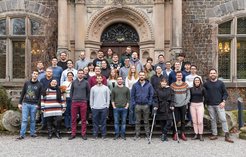
Selected Publications
Miller, T.E., Beneyton, T., Schwander, T., Diehl, C., Girault, M., McLean, R., Chotel, T., Claus, P., Socorro Cortina, N., Baret, J.-C. and Erb, T.J. (2020) Light-powered CO2 fixation in a chloroplast mimic with natural and synthetic parts. Science 368, 649-654
[link]
Schada von Borzyskowski, L., Severi, F., Krüger, K., Hermann, L., Gilardet, A., Sippel, F., Pommerenke, B., Claus, P., Socorro Cortina, N., Glatter, T., Zauner, S., Zarzycki, J., Fuchs, B.M., Bremer, E., Maier, U.G., Amann, R.I. and Erb, T.J. (2019) Marine Proteobacteria metabolise glycolate via the β-hydroxyaspartate cycle. Nature 575, 500-504
[link]
Stoffel, G. M. M., Saez, D. A., DeMirci, H., Vögeli, B., Rao, Y., Zarzycki, J., Yoshikuni, Y., Wakatsuki, S.,Vöhringer-Martinez, E., Erb, T. J. (2019) Four amino acids define the CO2 binding pocket of enoyl-CoA carboxylases/reductases. PNAS
[link]
Schwander, T., Schada von Borzyskowski, L., Burgener, S., Cortina, N.S., and Erb, T.J. (2016) A synthetic pathway for the fixation of carbon dioxide in vitro. Science 354, 901-904
[link]
